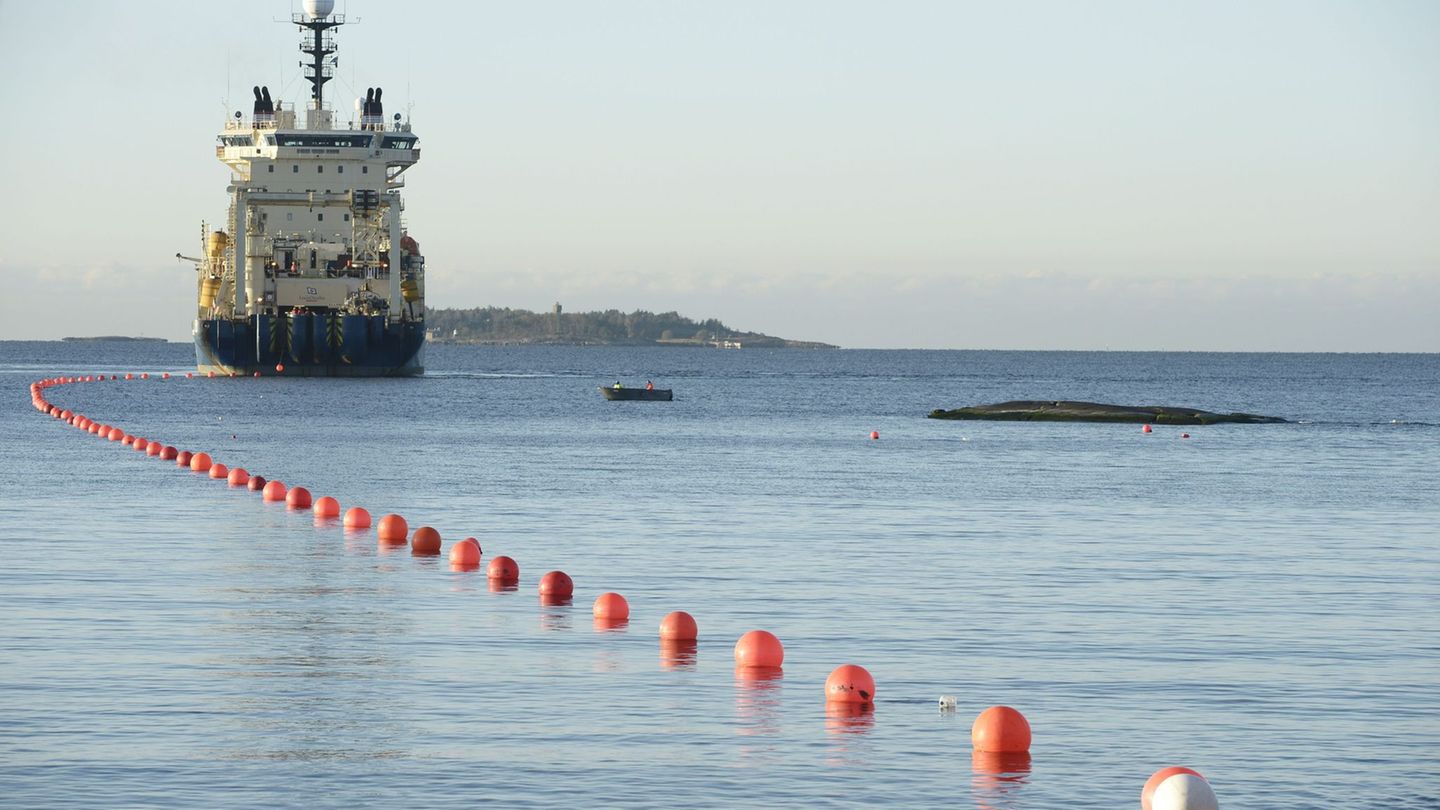Menu
Communication cable: Submarine cable damaged in the Baltic Sea
Categories
Most Read
Car batteries: Battery manufacturer CATL expands testing capacities
October 15, 2025
No Comments
Volkswagen Group: VW boss Blume: Making good progress in saving
October 15, 2025
No Comments
Wine: The wine harvest is lower than expected
October 15, 2025
No Comments
Announcements will be made soon
October 15, 2025
No Comments
The new CPI will debut in February with the first inflation data for 2026
October 14, 2025
No Comments
Latest Posts

Football World Cup: Trump threatens cities to postpone games
October 15, 2025
No Comments
Power struggle Trump threatens democratic cities with withdrawal of World Cup games The conflict between democratically governed US cities and Donald Trump is entering the

Joint project: Sparks and Shyamalan are making a book and a film together
October 15, 2025
No Comments
Lisa HarrisI am an author and journalist who has worked in the entertainment industry for over a decade. I currently work as a news editor

Duchess Meghan: This is what she says about the deal with Netflix
October 15, 2025
No Comments
Lisa HarrisI am an author and journalist who has worked in the entertainment industry for over a decade. I currently work as a news editor
24 Hours Worlds is a comprehensive source of instant world current affairs, offering up-to-the-minute coverage of breaking news and events from around the globe. With a team of experienced journalists and experts on hand 24/7.

